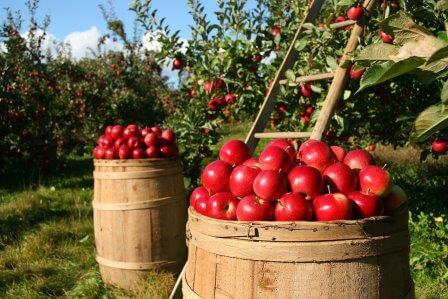BASIC ECONOMIC PRINCIPLES
The following economic concept explains the behavior of consumers of agricultural goods. These concepts or elements includes. Wants: this is the desire or needs of man to own goods and services that give satisfaction. These wants are insatiable because the resources needed to cater for them are limited (in short supply). The basic need or […]
BASIC ECONOMIC PRINCIPLES Read More »
